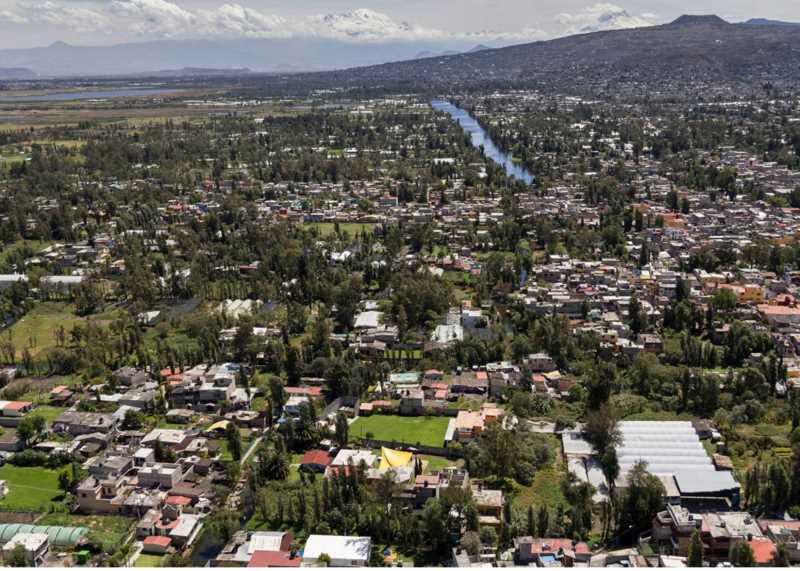Mexico City's Bold Plan to Reawaken the La Viga Canal
The proposal to reopen the La Viga Canal aims to restore water bodies, parks, and green spaces, combat heat islands, and reconnect with the city's historical identity. A sustainable solution with positive impacts on communities and the environment.

In the hustle and bustle of modern urban development, the significance of water bodies has often been overlooked, despite their historical importance as centers of settlement and providers of essential ecosystem services. Ada Avendaño Enciso, an academic at the UNAM's Faculty of Architecture, emphasized the vital role of water bodies in cities during a recent interview. She argued that the pipelining of countless rivers in Mexico City was a mistake that disrupted the ecological balance and caused damage to the subsoil, resulting in the wastage of rainwater and environmental deterioration over decades.
The good news is that it's not too late to rectify this situation. Avendaño Enciso stressed the importance of recovering part of Mexico City's memory as a lake area and embracing its natural surroundings to achieve ecological balance for of its inhabitants. After more than 500 years of urban development that disregarded the significance of water, the city now faces a water scarcity problem.




